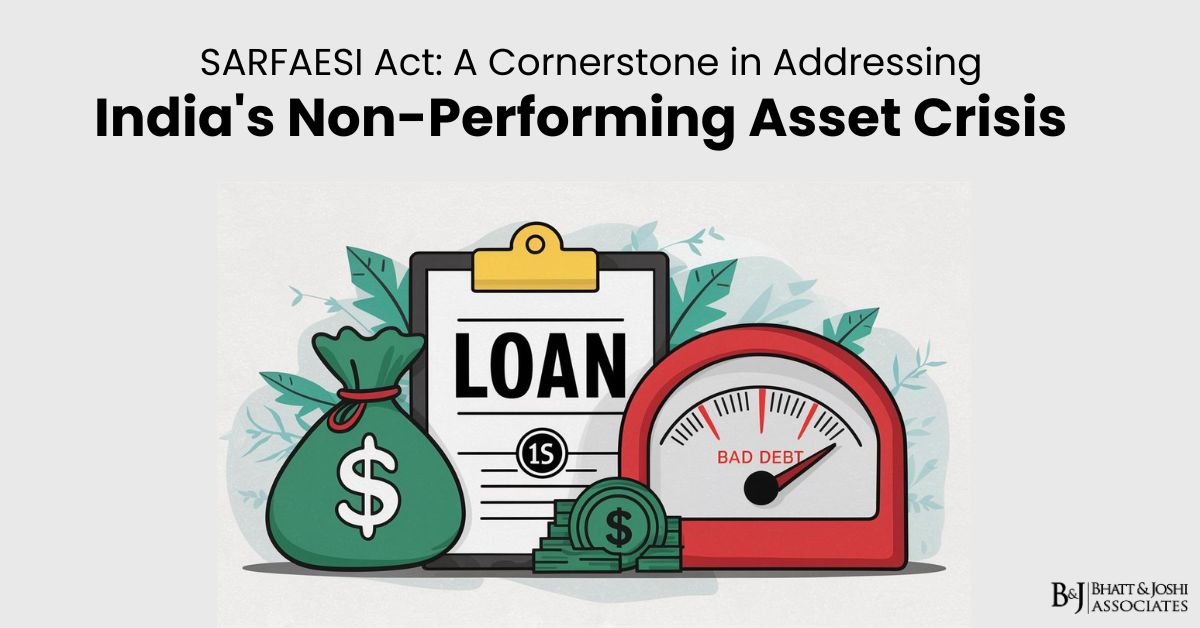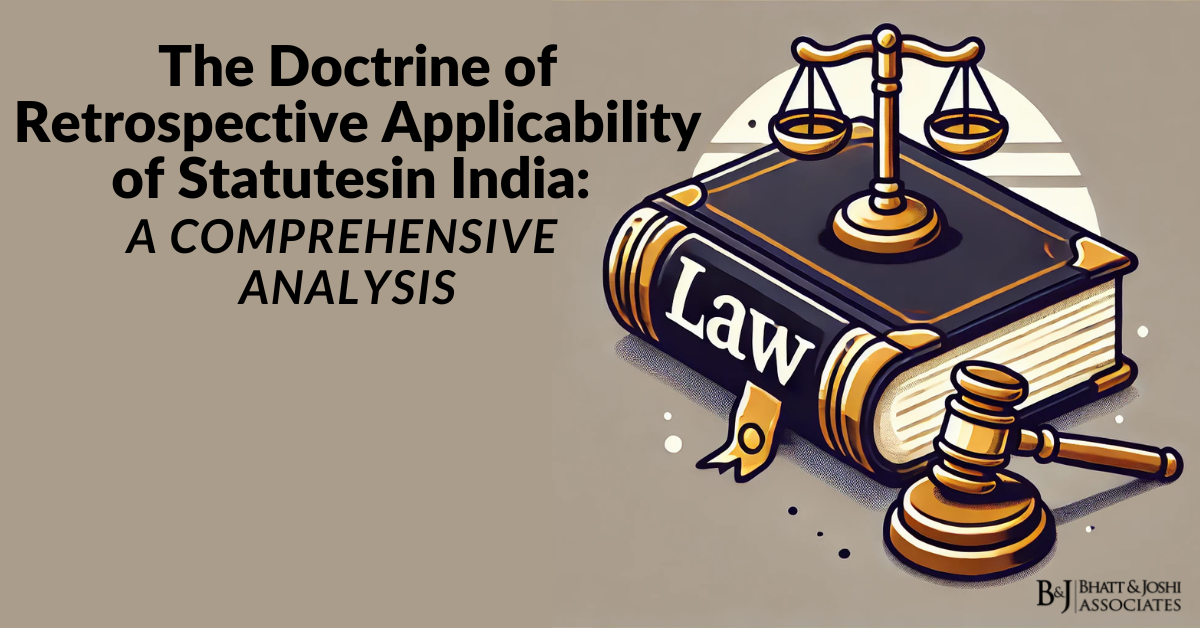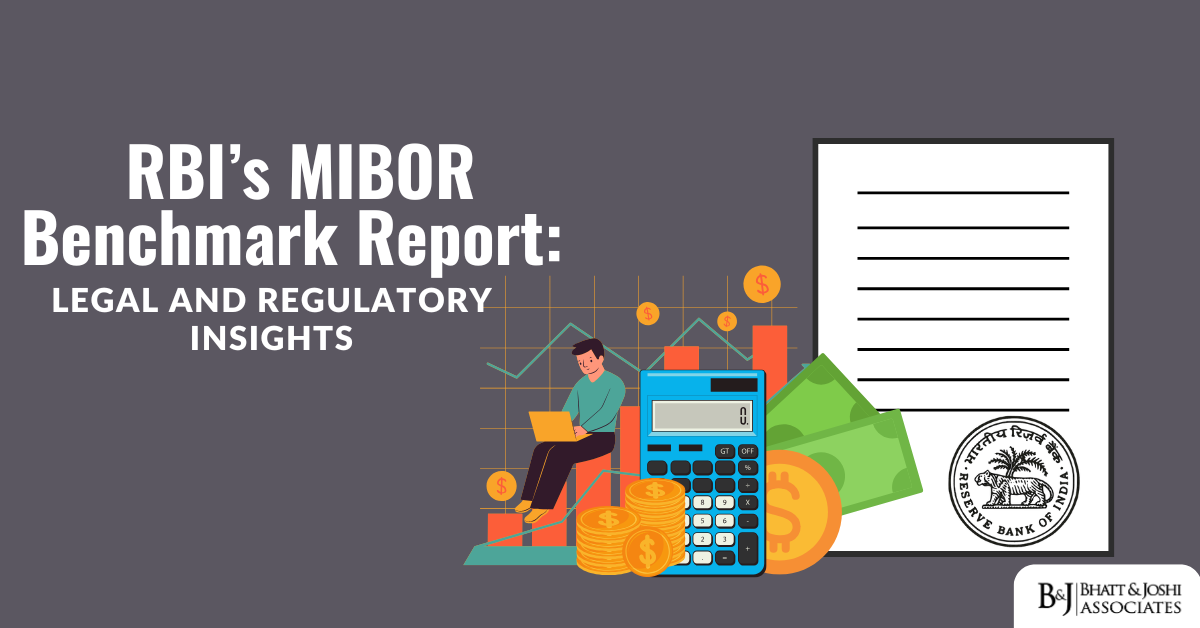Introduction
The Indian banking sector, once hailed as a pillar of the country’s economic growth, is currently grappling with a severe crisis. The surge in non-performing assets (NPAs), declining profitability of public sector banks, and high-profile cases of willful defaulters fleeing the country have cast a long shadow over the industry. The NPA crisis in India is particularly alarming, with bad loans nearly doubling in the banking sector over the past four years. This escalation threatens not only the stability of the financial system but also the trajectory of economic growth. As finance is widely acknowledged as the lifeblood of commerce and banks are considered the heart of business, the declining growth of the banking sector is a major concern for policymakers, economists, and citizens alike. The scale of the problem is starkly illustrated by Reserve Bank of India (RBI) statistics. Annual credit growth of banks in India, which had exceeded an impressive 30% during the boom years of 2004-2007, witnessed a dramatic decline to 9.7% in 2014-15 and further to 9.4% in 2015-2016. This steep decline in credit growth can be attributed largely to the increase in non-performing loans, which have tied up significant portions of banks’ capital and made them risk-averse in their lending practices. To address this critical issue and provide banks with a more effective mechanism for recovering bad loans, the Securitisation and Reconstruction of Financial Assets and Enforcement of Security Interest Act (SARFAESI Act) was enacted in 2002. This legislation came as a breath of fresh air, empowering banks to recover NPAs without the need for lengthy and often frustrating court interventions. The SARFAESI Act marked a paradigm shift in the approach to bad loan recovery in India, offering a glimmer of hope in an otherwise bleak landscape.
The NPA Crisis in India: A Closer Look
Before delving into the specifics of the SARFAESI Act and its effectiveness, it’s crucial to understand the magnitude of the NPA crisis facing Indian banks. As of December 2017, NPAs of public sector banks had risen to a staggering INR 7.34 lakh crore (approximately $100 billion). The problem is particularly acute in the corporate lending segment, which accounts for the majority of these bad loans. Among the public sector banks, the State Bank of India (SBI), the country’s largest lender, topped the list with NPAs of Rs 1.86 lakh crore. It was followed by Punjab National Bank (Rs 57,630 crore), Bank of India (Rs 49,307 crore), Bank of Baroda (Rs 46,307 crore), Canara Bank (Rs 39,164 crore), and Union Bank of India (Rs 38,286 crore). Even private sector banks, traditionally considered more prudent in their lending practices, have not been immune to the problem. ICICI Bank, for instance, reported NPAs of Rs 44,237 crore by September 2017. The reasons for this alarming rise in NPAs are multifaceted. They include economic downturns affecting certain sectors, aggressive lending practices during boom periods, inadequate credit assessment, willful defaults by some large borrowers, and in some cases, fraudulent practices. The problem has been compounded by delays in recognizing and addressing bad loans, partly due to regulatory forbearance and partly due to the hope that economic recovery would solve the problem. The NPA Crisis in India has far-reaching implications. It constrains banks’ ability to lend, thereby affecting credit growth and, by extension, economic growth. It also puts pressure on banks’ profitability and capital adequacy, necessitating frequent capital infusions by the government in the case of public sector banks. Moreover, it erodes public confidence in the banking system, which is crucial for financial stability.
Overview of NPA Recovery Mechanisms
Recognizing the gravity of the NPA problem, various mechanisms have been put in place over the years to facilitate the recovery of bad loans. These include:
- Lok Adalats: Established under the Legal Services Authorities Act, 1987, Lok Adalats or “people’s courts” provide a forum for banks to settle smaller loan amounts through compromise between the lender and the borrower. These are particularly useful for resolving a large number of small-value cases quickly and amicably.
- Debt Recovery Tribunals (DRTs): Set up under the Recovery of Debts Due to Banks and Financial Institutions Act, 1993, DRTs were established to provide a specialized forum for speedy adjudication of cases involving recovery of debts over Rs. 10 lakhs. They were intended to overcome the delays associated with civil courts in debt recovery cases.
- SARFAESI Act, 2002: This landmark legislation empowers banks and financial institutions to recover their NPAs without the intervention of courts. It allows for measures such as securitization of assets, reconstruction of financial assets, and enforcement of security interests.
Other mechanisms include One Time Settlement Schemes, where banks offer a one-time settlement option to borrowers for clearing their dues, Corporate Debt Restructuring for larger corporate accounts, and the use of Asset Reconstruction Companies to take over and manage NPAs. More recent initiatives include the Insolvency and Bankruptcy Code (IBC) of 2016, which provides a time-bound process for resolving insolvency in companies and among individuals. Each of these mechanisms has its strengths and limitations, and banks often use a combination of these tools depending on the nature and size of the NPAs they are dealing with.
The SARFAESI Act: A Game-Changer in NPA Recovery
The Securitisation and Reconstruction of Financial Assets and Enforcement of Security Interest Act, 2002, commonly known as the SARFAESI Act, marked a significant shift in the approach to NPA recovery in India. Unlike previous mechanisms that required banks to go through lengthy legal processes, the SARFAESI Act empowered banks to take direct action against defaulters.
Key Features and Processes of the SARFAESI Act
The SARFAESI Act provides three main avenues for NPA recovery:
- Securitization of Financial Assets: This process allows banks to convert their loan receivables into marketable securities. Here’s how it works:
- Banks identify a pool of NPAs that they wish to securitize.
- These assets are then sold to Securitisation Companies (SCs) or Asset Reconstruction Companies (ARCs).
- The SC/ARC raises funds by issuing securities to Qualified Institutional Buyers (QIBs).
- The funds raised are then used to pay the banks for the NPAs they have sold.
- Banks identify a pool of NPAs that they wish to securitize.
- Reconstruction of Financial Assets: This avenue focuses on finding ways to revive the defaulting borrower’s business or restructure the debt. The process typically involves:
- The ARC/SC negotiating with the borrower for debt settlement.
- Exploring options such as extending the repayment period, converting part of the loan into equity, or providing additional financing.
- In some cases, it may involve changing the management of the borrowing entity or selling part of the business to generate funds for loan repayment.
- The ARC/SC may also take over the management of the borrower’s business temporarily to turn it around.
- Enforcement of Security without Court Intervention: This is perhaps the most powerful aspect of the SARFAESI Act. It allows banks to:
- Take possession of the secured assets of the borrower, including the right to transfer by way of lease, assignment or sale
- Take over the management of the business of the borrower.
- Appoint any person to manage the secured assets after taking possession.
- The process typically involves:
- Issuing a 60-day notice to the defaulting borrower to clear the dues.
- If the borrower fails to comply, the bank can take possession of the secured assets without going to court.
- The bank can then sell these assets to recover their dues.
Impact and Effectiveness of the SARFAESI Act in the NPA Crisis in India
To assess the effectiveness of the SARFAESI Act in comparison to other recovery mechanisms, a statistical analysis was conducted on NPA recovery through Lok Adalats, DRTs, and the SARFAESI Act from 2006-07 to 2015-16. The findings are revealing:
In the initial years, particularly up to 2008-09, Debt Recovery Tribunals (DRTs) showed higher recovery rates. In 2008-09, DRTs achieved a peak recovery rate of 81.07% of the amount involved in cases referred to them. However, from 2009-10 onwards, a clear shift was observed. The SARFAESI Act consistently outperformed other mechanisms in NPA recovery. This trend continued throughout the subsequent years, establishing the Act as the most effective tool in the arsenal of banks for recovering bad loans. Lok Adalats, while useful for settling a large number of small-value cases, consistently showed the lowest recovery rates throughout the period. This underscores their limitations in dealing with larger NPAs. To further validate these observations, an ANOVA (Analysis of Variance) was conducted. The results confirmed a statistically significant difference between the effectiveness of these three recovery mechanisms. The mean recovery percentages over the studied period were:
- Lok Adalats: 6.05%
- DRTs: 28.73%
- SARFAESI Act: 31.57%
A post-hoc analysis further confirmed that both the SARFAESI Act and DRTs were significantly more effective than Lok Adalats in recovering NPAs. Moreover, the SARFAESI Act emerged as the most potent tool, slightly outperforming even the DRTs. These statistical findings provide strong evidence of the SARFAESI Act’s effectiveness in addressing the NPA Crisis in India. The Act’s success can be attributed to several factors:
- Speed of Action: By allowing banks to take possession of secured assets without court intervention, the Act significantly reduces the time taken for recovery actions.
- Deterrent Effect: The threat of quick action under the SARFAESI Act often motivates borrowers to regularize their accounts or come to the negotiating table, even before banks initiate recovery proceedings.
- Flexibility: The Act provides multiple options for banks, from securitization to reconstruction to enforcement, allowing them to choose the most appropriate strategy for each case.
- Cost-Effectiveness: By reducing reliance on lengthy court procedures, the Act helps banks save on legal costs associated with NPA recovery.
Challenges and Limitations
Despite its proven effectiveness, the implementation of the SARFAESI Act has not been without challenges:
- Legal Challenges: Borrowers often challenge SARFAESI actions in courts, leading to delays. While the Act was designed to minimize court intervention, in practice, many cases still end up in litigation.
- Valuation Issues: There have been instances of disputes over the valuation of secured assets, particularly in cases of collateral like real estate where market values can be subjective.
- Limited to Secured Loans: The Act is primarily effective for secured loans. It doesn’t provide a direct mechanism for recovering unsecured loans, which form a significant portion of NPAs in some sectors.
- Economic Downturns: In times of economic stress, even the powers under SARFAESI may not yield desired results if there are no buyers for the assets of defaulting companies.
- Coordination with Other Laws: The introduction of the Insolvency and Bankruptcy Code (IBC) in 2016 has necessitated careful coordination between SARFAESI proceedings and IBC processes.
- Resistance from Borrowers: In some cases, particularly involving large corporate borrowers, banks have faced resistance in taking possession of assets, sometimes requiring police intervention.
Case Studies and Notable Examples
To illustrate the practical impact of the SARFAESI Act, consider the following cases:
- Kingfisher Airlines Case: While this high-profile case ultimately involved multiple legal avenues, the initial actions by banks under the SARFAESI Act, including taking possession of Kingfisher House in Mumbai, demonstrated the Act’s power in dealing with large corporate defaults.
- SME Sector Recoveries: Many banks have reported success in using SARFAESI notices to prompt small and medium enterprises to regularize their accounts, often without needing to go through with asset seizure.
- Real Estate Sector: The Act has been particularly effective in cases involving real estate collateral, where banks have been able to take possession of and auction properties to recover dues.
Future Outlook and Potential Improvements
While the SARFAESI Act has proven to be a powerful tool in addressing NPAs, the persistent high levels of bad loans in the Indian banking sector indicate that legislative measures alone may not be sufficient to address this complex issue. Factors such as economic cycles, sectoral stresses, and sometimes, willful defaults continue to contribute to the NPA problem. Moving forward, a multi-pronged approach is necessary to further enhance the effectiveness of NPA recovery efforts:
- Strengthening Credit Appraisal Processes: Banks need to improve their initial credit assessment to reduce the likelihood of loans turning into NPAs. This includes more rigorous evaluation of business plans, better assessment of collateral, and more realistic projections of cash flows.
- Early Warning Systems: Implementing robust systems for early identification of potential NPAs can help banks take preemptive action before loans deteriorate significantly.
- Capacity Building: There’s a need for continuous training of bank staff in areas like credit appraisal, monitoring, and the effective use of recovery mechanisms including the SARFAESI Act.
- Improved Coordination: Better coordination between various recovery mechanisms, including SARFAESI, DRTs, and the Insolvency and Bankruptcy Code, can lead to more effective outcomes.
- Addressing Sectoral Issues: Some sectors, like power and infrastructure, have been particularly prone to NPAs. Addressing sector-specific issues through policy measures can help reduce the incidence of bad loans.
- Strengthening the Eco-system: Developing a more robust market for distressed assets can enhance the effectiveness of securitization and asset reconstruction under the SARFAESI Act.
- Legal Reforms: While the SARFAESI Act has expedited recovery processes, further legal reforms to streamline proceedings and reduce litigation could enhance its effectiveness.
- Ethical Business Practices: Promoting a culture of ethical business practices and responsible borrowing can help reduce instances of willful defaults.
Conclusion: The SARFAESI Act and the NPA Crisis in India
The SARFAESI Act has undoubtedly been a game-changer in addressing the NPA crisis in the Indian banking sector. Its effectiveness stems from its ability to bypass lengthy court procedures, allowing banks to take swift action against defaulters. The Act’s provisions for securitization and asset reconstruction also provide banks with more flexible options for managing their non-performing assets. Statistical evidence clearly demonstrates that among the various recovery mechanisms available to banks, the SARFAESI Act has emerged as the most effective tool. Its impact goes beyond mere recovery percentages; it has changed the dynamics between lenders and borrowers, creating a more balanced and accountable lending environment. However, the persistence of high NPA levels in the Indian banking sector, despite the SARFAESI Act, underscores the complex nature of the problem. It highlights that while strong legislative measures are crucial, they need to be complemented by robust banking practices, supportive economic policies, and a culture of financial discipline. The way forward lies in leveraging the strengths of the SARFAESI Act while simultaneously addressing its limitations and the broader structural issues in the banking and economic landscape. This includes improving credit appraisal processes, enhancing monitoring mechanisms, addressing sector-specific issues contributing to loan defaults, and fostering an overall economic environment conducive to healthy business growth. By combining effective legislative tools like the SARFAESI Act with comprehensive reforms in banking practices and economic policies, India can hope to tackle its NPA challenge more comprehensively. The goal should be not just to recover existing bad loans but to create a robust financial system that minimizes the occurrence of NPAs in the first place.
As India aspires to become a $5 trillion economy, a healthy and resilient banking sector is indispensable. The SARFAESI Act has provided a strong foundation for addressing the NPA Crisis in India. Building on this foundation with continuous improvements and complementary measures will be key to ensuring the long-term stability and growth of India’s banking sector and, by extension, its economy. In conclusion, while the SARFAESI Act has proven to be an effective tool in the fight against NPAs, it is not a panacea. Its success underscores the importance of strong legal frameworks in addressing financial challenges. However, the ultimate solution to the NPA problem lies in a holistic approach that combines legal, financial, and structural reforms. As India continues to evolve its financial landscape, the lessons learned from the implementation of the SARFAESI Act will undoubtedly play a crucial role in shaping future policies and practices in the banking sector.














